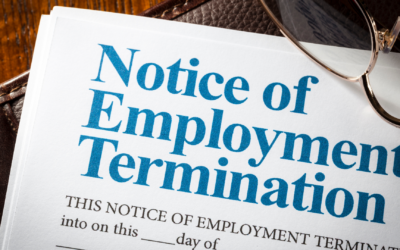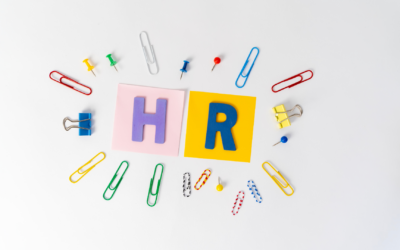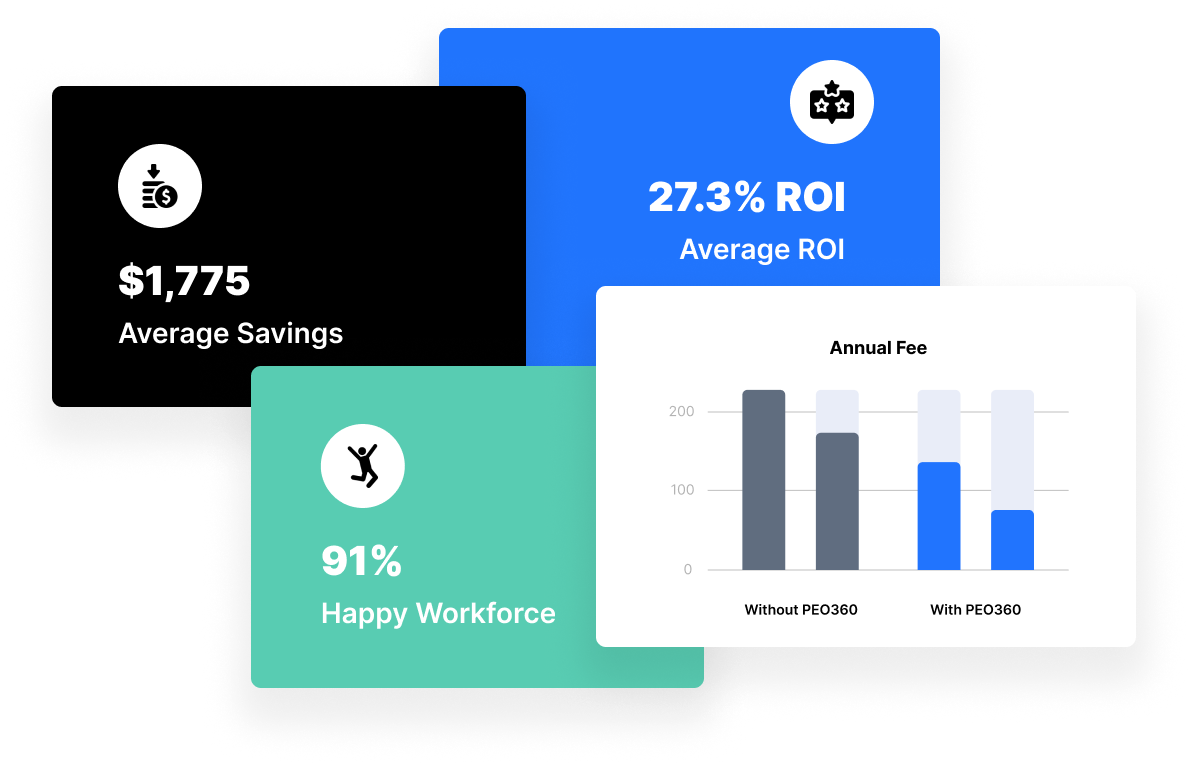Keeping employee records organized isn’t just about tidiness—it’s a business imperative. From legal compliance to employee trust and audit readiness, proper record management protects your organization on multiple fronts.
At PEO 360, we help growing companies navigate every phase of the HR lifecycle—including the systems and policies behind secure, compliant record-keeping. Here’s how to get it right:
Separate Your Files Thoughtfully
Not all documents belong in the same folder. Storing the wrong files together can lead to accidental exposure or non-compliance.
-
Personnel Files: Include resumes, offer letters, payroll data, and performance reviews. These should be accessible only to HR and direct supervisors.
-
I-9 Forms: Keep I-9s in a separate file. If audited, this limits what government agencies can legally access.
-
Medical & Confidential Files: Store ADA requests, FMLA leaves, and workers’ comp claims separately with strict access controls.
Pro Tip: Many states require you to let employees view or request copies of their personnel file. That’s another reason to keep sensitive records stored elsewhere.
Know Your Retention Timelines
Retention isn’t one-size-fits-all. Different record types carry different legal requirements:
| Record Type | Retention Requirement |
|---|---|
| Basic employment records | 1 year after creation or action taken |
| Payroll and wage records | 3 years (FLSA) |
| Benefits and retirement documents | 6 years (ERISA) |
| I-9s | 3 years after hire or 1 year after termination (whichever is later) |
| OSHA medical/exposure records | 30 years |
Important: If there’s a pending investigation or lawsuit, pause any routine destruction and preserve all related documents.
Be Smart About Storage and Accessibility
Whether you store records digitally or on paper, the key is retrievability and security.
-
Use formats that won’t become obsolete.
-
Confirm backups and access controls are regularly tested.
-
Don’t forget to account for communication tools like email and Slack when managing digital records.
Dispose Securely
Once a document has exceeded its required retention period:
-
Shred physical documents.
-
Permanently delete digital files with secure software.
-
Log destruction with date, content type, and the person responsible.
Guard Confidentiality
Federal laws like ADA, FMLA, and GINA require strong protections for sensitive information. Always:
-
Limit disclosure to only what’s necessary.
-
Get written permission before sharing records with third parties—even for reference checks.
Be Litigation-Ready
If a dispute arises, the courts will expect you to preserve any potentially relevant records. At the first sign of legal trouble:
-
Halt destruction protocols.
-
Issue a “litigation hold” to your internal team.
Make Record-keeping a Living Process
Technology changes. So do vendors and legal requirements. Review your recordkeeping practices at least annually to stay compliant—and avoid nasty surprises down the road.
Final Thought
A thoughtful record-keeping strategy is one of the most cost-effective ways to reduce risk and build resilience. With the right structure in place, you’ll be better prepared to handle audits, disputes, and growth with confidence.
Need help reviewing your records process or building a retention checklist?
Let’s connect—PEO 360 is here to help you protect your business and stay ahead of the compliance curve.





